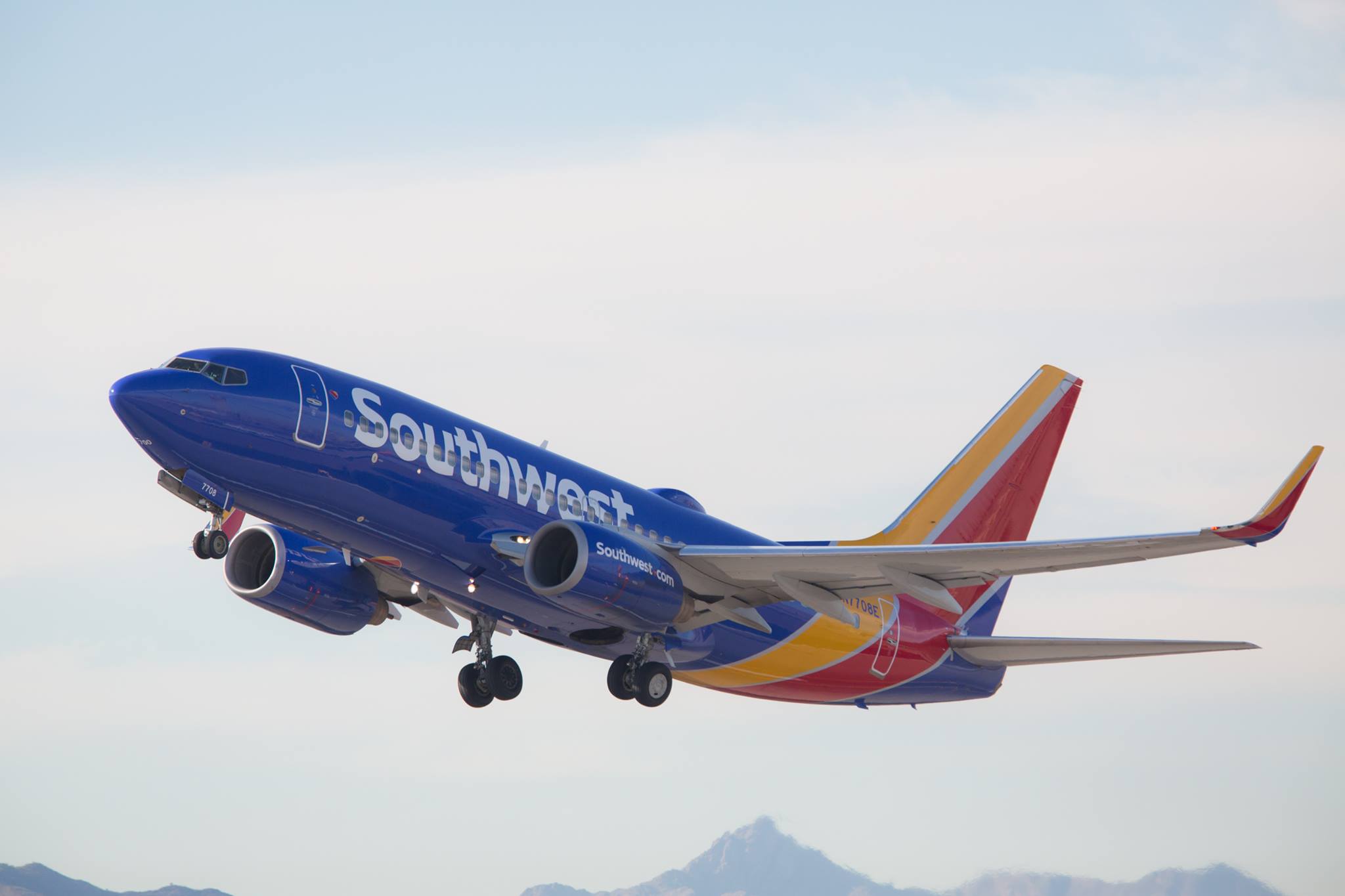After President Trump signed the $2 trillion coronavirus relief package into law on March 27, executives from the top passenger airlines like Southwest Airlines (LUV 0.19%), Delta Air Lines (DAL +0.65%), and American Airlines Group (AAL +0.51%) probably breathed sighs of relief. After all, the new law gave them $25 billion in bailout funds to help maintain payroll and another $25 billion in loans earmarked for the industry.
But three days later, they likely got nervous again, as the Treasury Department issued guidelines for companies that receive that money. In particular, a rule requiring recipients to maintain existing levels of service had some industry insiders worried that they'd have to continue operating expensive empty or near-empty flights to qualify.
Luckily, on March 28, the U.S. Department of Transportation weighed in with new guidelines, which ought to make the airlines -- and their investors -- relieved again (well, as much as possible in the current economic environment)! Specifically, the guidelines contained three big wins for the industry. Here's what they were and why they're important.

Image source: Getty Images.
Win No. 1: Route consolidation lite
Many airlines have been hoping to get the green light to consolidate routes without penalty. True route consolidation involves removing most of the flights on a particular route -- say, Boston to New York City -- and allowing multiple carriers to book seats on the remaining flight or flights, which are operated by just one carrier.
So, for example, if every carrier normally operates three flights a day (morning, afternoon, and evening) from Boston to New York, but there's only enough demand for two flights total per day, maybe Southwest operates a morning flight, Delta operates an evening flight, and any other carrier that used to operate that route could sell tickets through its website on one of those two flights.
The guidelines don't go quite that far, but they do allow carriers to consolidate flights to a single airport in each city they serve. So in the above example, if American Airlines flew into LaGuardia, Kennedy, and Newark airports -- all of which serve New York -- it could cut down its flights to just one of those airports and still satisfy the Treasury Department's "existing levels of service" requirement.
Win No. 2: Spreading out the schedule
The Transportation Department is generously interpreting "service to" a city as any flight from anywhere into that city. It has also imposed the following "tiers" of service obligations:
| If, at the end of February, an airline served a city: | To maintain its service obligation, it must now offer at least: |
|---|---|
| With at least one flight on at least five days per week, | One flight per day, five days per week. |
| Less than five days per week | One flight per week. |
Data source: Department of Transportation.
So, as the DOT says in a footnote, "For example, if a carrier operated seven flights per day, seven days per week to a given point, it would only be required to operate one flight per day, five days per week."
And since, remember, those flights could come from anywhere and still count, an airline that previously flew 60 flights a day into all three New York airports from cities up and down the Eastern Seaboard could operate a single flight from Boston to LaGuardia on weekdays only and it would be considered to be operating at the same "level of service" as before. Similarly, the airline could offer a lone flight from Boston on Monday, one from Atlanta on Tuesday, one from Chicago on Wednesday, etc.
This change will go a long way toward helping airlines trim unnecessary flights.
Win No. 3: Challenging the guidelines
But what if, like Delta, your airline had previously served tiny Brainerd, Minnesota (estimated population: 13,465), and now literally nobody at all is flying there? Do you still have to fly an empty plane up there once a week for no apparent reason?
Not necessarily, says the DOT. Instead, it "recognizes that even with these reduced service levels, it may not be practicable for covered carriers to serve all points previously served in the prevailing operating environment. Likewise, points that may make practical sense to serve now, may not at a later date."
Transportation Secretary Elaine Chao, the DOT asserts, has the authority to determine whether a particular service obligation is "reasonable or practicable," and airlines are encouraged to submit a list of destinations from which they believe they should be exempted from serving. The DOT will get back to them "in a timely manner."
The big win: Reason
Maintaining air service is essential for cities in normal times. But when international flights have been canceled and more than 90% of Americans have been instructed to stay at home except for essential travel, the rationale for maintaining a particular level of service pales. The Department of Transportation realizes there isn't much point in forcing an airline to pay for fuel, maintenance, and crew to fly an empty plane around.
Of course, mass layoffs of pilots and crew members isn't a good solution, either, which is why $25 billion in the original bill was earmarked for maintaining payroll. The main message being sent to the airlines by Secretary Chao is that the DOT is going to be flexible and reasonable when enforcing the service mandate.
It may not save airlines from a recession, but it should at least help reassure an industry that's already been hammered by the coronavirus.








